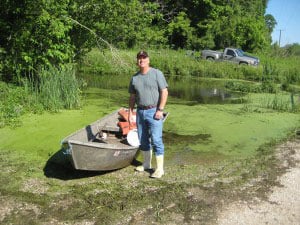To address urgent safety and health problems facing Americans in the workplace, OSHA is implementing a new Severe Violator Enforcement Program and increasing civil penalty amounts. Announced in an April 22 news release, the SVEP, which will go into effect by the beginning of June, is intended to focus OSHA enforcement resources on employers who endanger workers by repeatedly demonstrating indifference to their responsibilities under the law.
This supplemental enforcement tool includes increased OSHA inspections in these worksites, mandatory OSHA follow-up inspections, and inspections of other worksites of the same employer where similar hazards and deficiencies may be present.For more information, see the SVEP Directive. Several administrative changes to the penalty calculation system in OSHA’s Field Operations Manual will also become effective in the next several months. The penalty changes will increase the overall dollar amount of all penalties while maintaining OSHA’s policy of reducing penalties for small employers and those acting in good faith.


 Since 1989, Dennis O’Connell has been a technical rescue consultant and professional instructor for Roco. In 2002, he joined the company full-time and is now the Director of Training and a Chief Instructor.
Since 1989, Dennis O’Connell has been a technical rescue consultant and professional instructor for Roco. In 2002, he joined the company full-time and is now the Director of Training and a Chief Instructor. His inspiration for becoming a rescue professional?
His inspiration for becoming a rescue professional?


